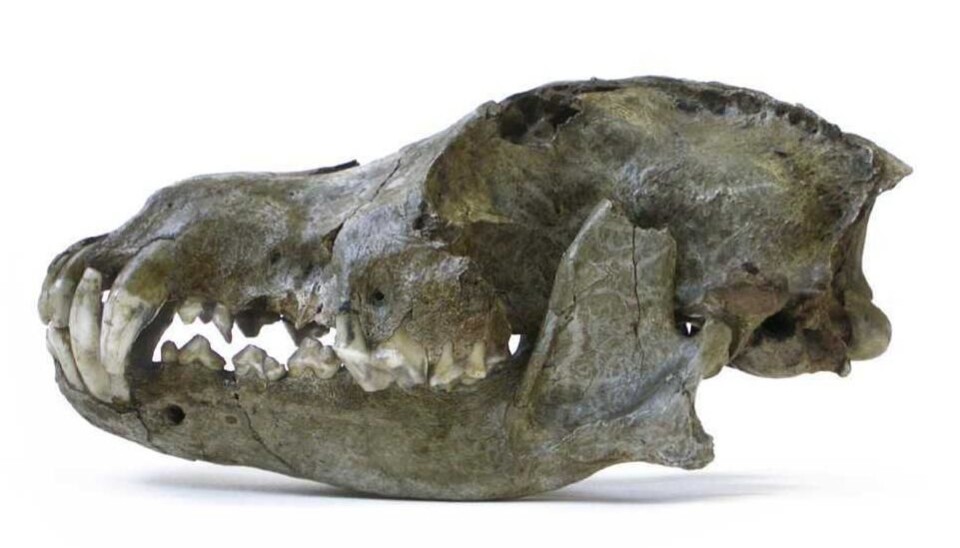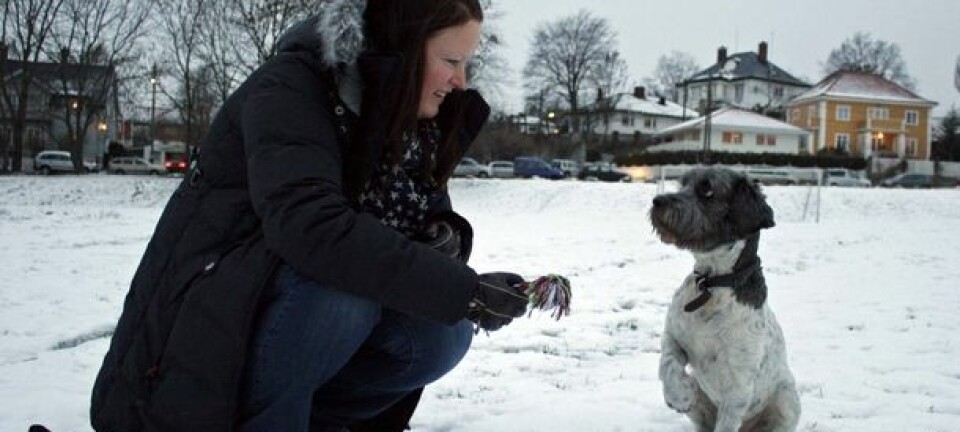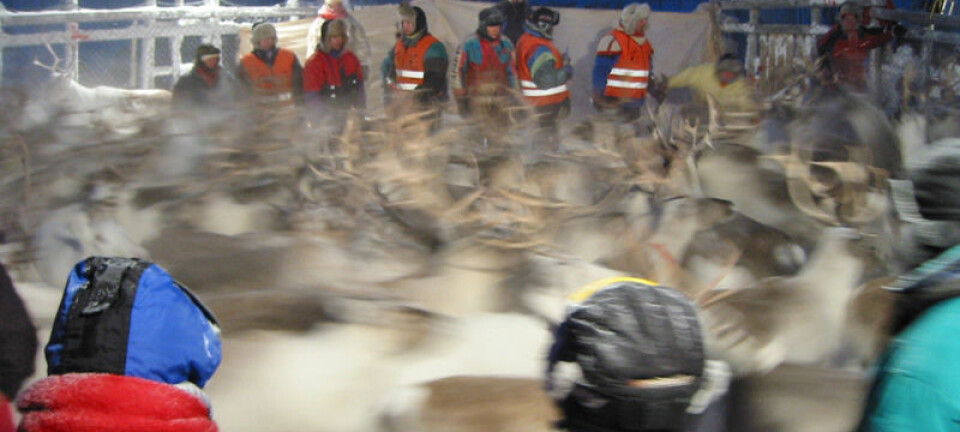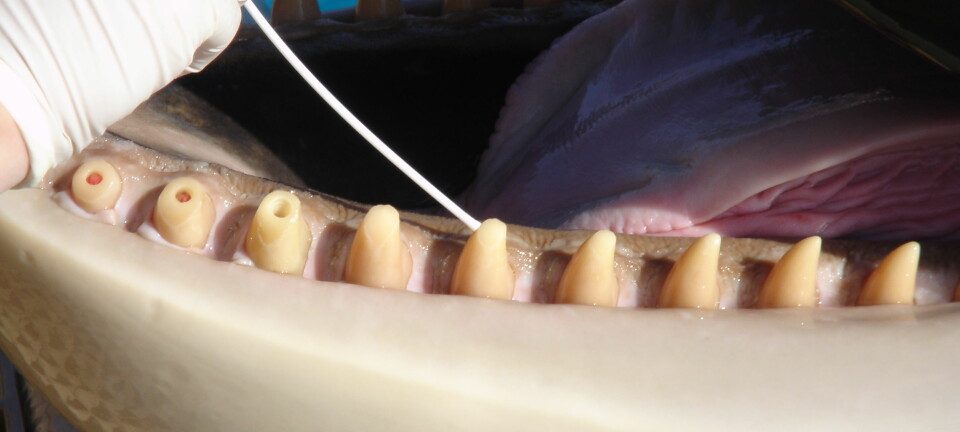
Wolves became domesticated dogs much earlier than thought
Finnish researchers have discovered that wolves were domesticated by European hunter-gatherers between 19,000 and 32,000 years ago. The analysis cannot, however, be used to determine the origin of the dog, argues Danish DNA scientist.
The earliest dogs were wolves. We humans took them in, started hunting with them and eventually turned them into one of our most faithful pets while we were still hunters and gatherers. This is widely accepted in scientific circles.
Exactly when the wolf was first domesticated, however, is a topic of great debate, as this can be difficult to determine accurately. Now scientists have come up with a brand new estimate of when this first domestication took place.
The new analyses reveal that wolves became part of man’s world much earlier than previous DNA analyses have been able to determine.
According to the lead author of the new study, Olaf Thalmann of the University of Turku, Finland, wolves were domesticated as early as between 19,000 and 32,000 years ago, which brings the genetic record into agreement with the archaeological record.

So far, DNA researchers have only been able to show that wolves became domesticated between 10,000 and 15,000 years ago.
Modern dog originates from extinct wolf population
DNA analyses of archaeological finds of dogs and wolves in Switzerland and Germany showed that the domesticated dog is older than previous analyses have managed to determine.
The other surprising finding was that most living dogs turned out to be more closely related to ancient wolves than to modern ones.
"The [gray wolf] population that gave rise to modern dogs is most likely extinct," Thalmann told Sciencemag.org.
Where did the dog originate?
Mitochondrial DNA only tells one side of the story because the mitochondria are inherited from mother to offspring, and if the males have been moved around, then this has not been reflected in the analysis.
Since the new findings are almost exclusively based on archaeological finds in Europe, Sciencemag.org has re-ignited an old debate about where the dog was first domesticated.
Some believe that the dog first became man’s best friend in the Middle East, while others say the dog originates from Eastern Asia.
However, even though the new findings locate the earliest dogs in Europe, the study does not prove that this is where the wolves were first domesticated, according to Merete Fredholm, a professor at the Department of Veterinary Clinical and Animal Sciences, 'Animal Genetics, Bioinformatics and Breeding', at the University of Copenhagen, who also researches into the genetic history of the dog.
This, she argues, is because the researchers only used finds from Europe in their study. There may well be DNA material from elsewhere in the world that links to even older or domesticated wolves.
Not the best genetic analysis
The Danish professor does not believe that mitochondrial DNA is the ideal basis for an analysis of where wolves first turned into dogs.
”Mitochondrial DNA only tells one side of the story because the mitochondria are inherited from mother to offspring, and if the males have been moved around, then this has not been reflected in the analysis,” she says.
“If, on the other hand, you look at genomic DNA, you have access to a much greater proportion of the genetic material.”
She does, however, find the new study interesting, as it dates the ’birth’ of the dog further back than has previously been possible.
--------------------
Read the Danish version of this article at videnskab.dk











